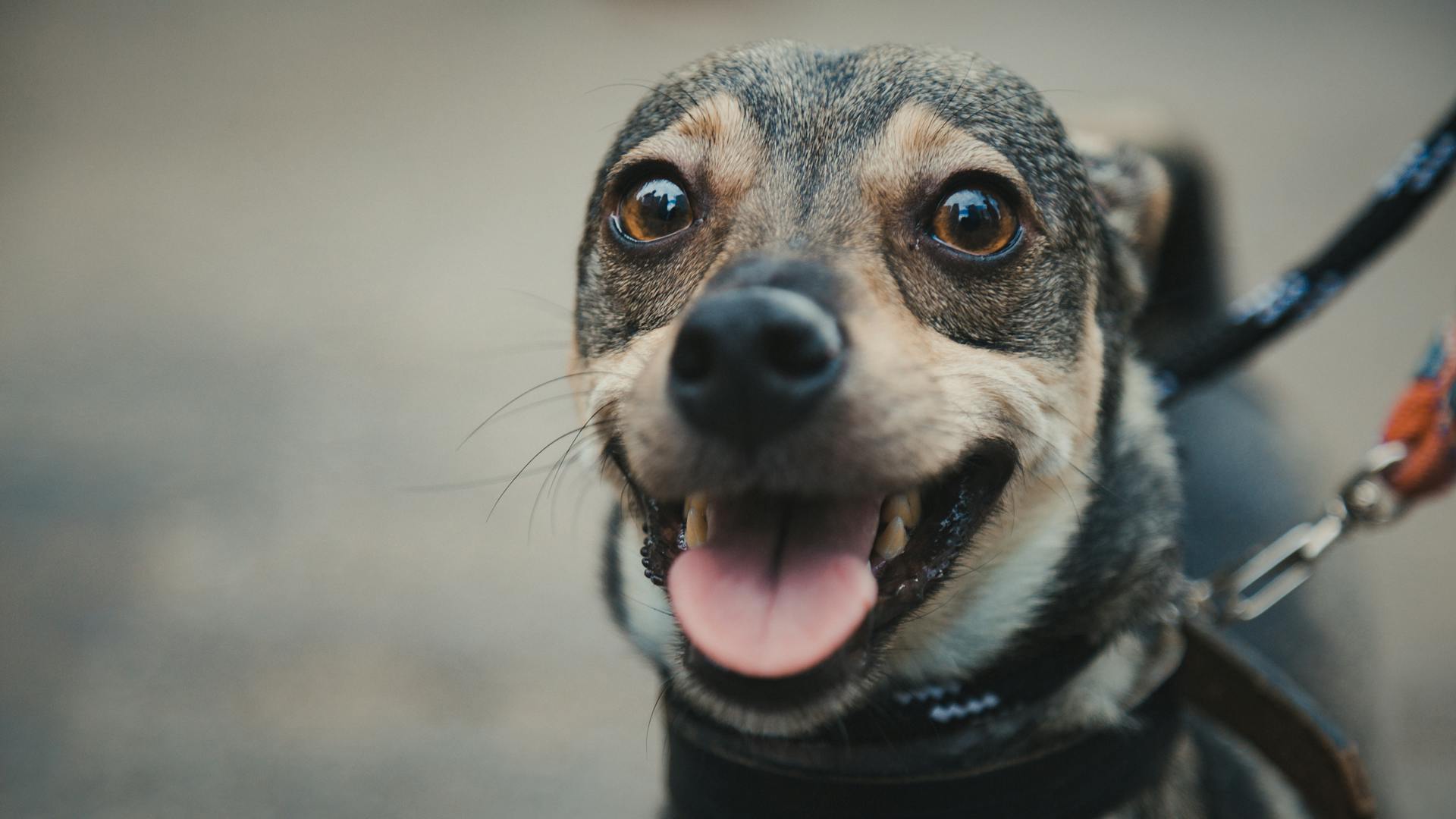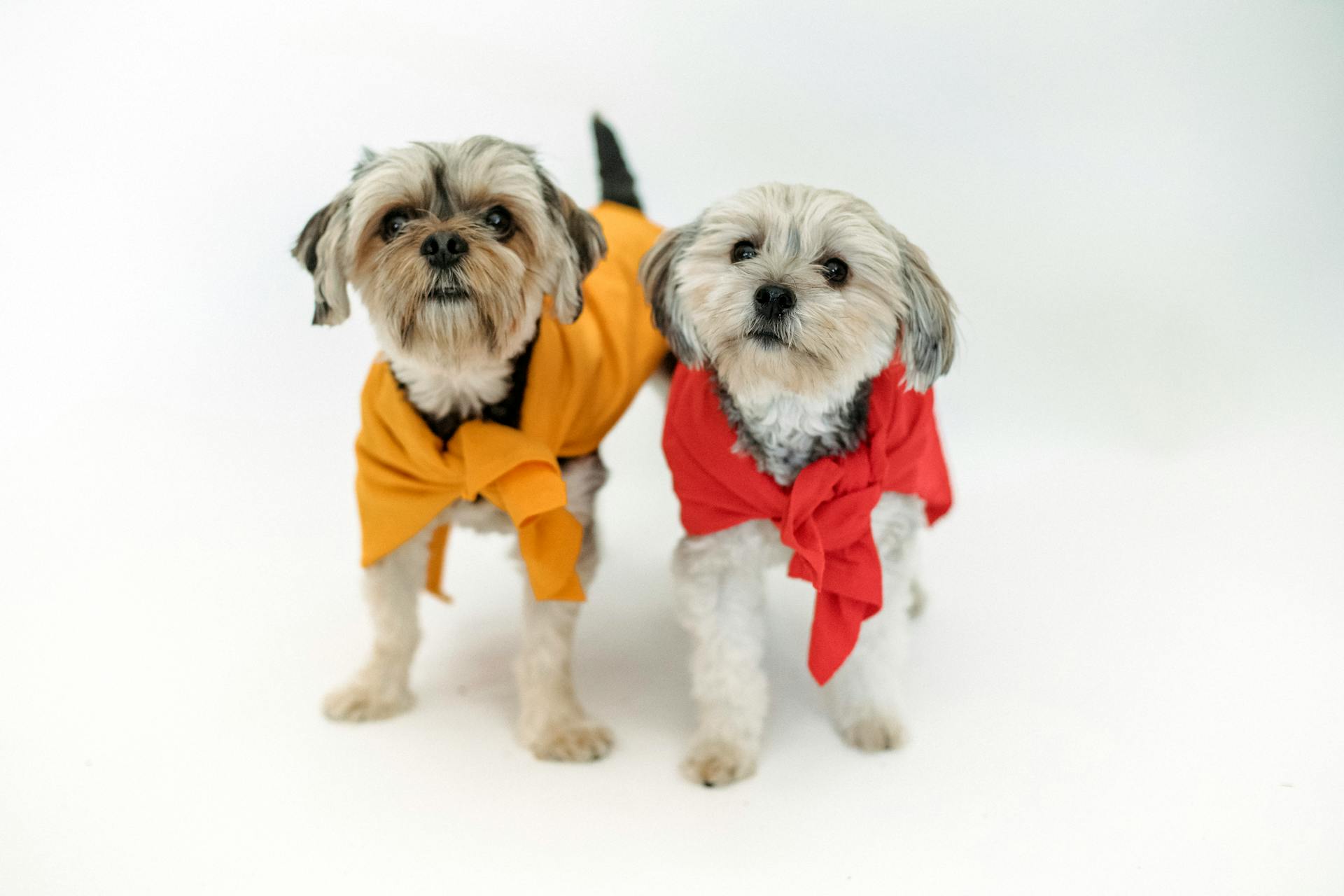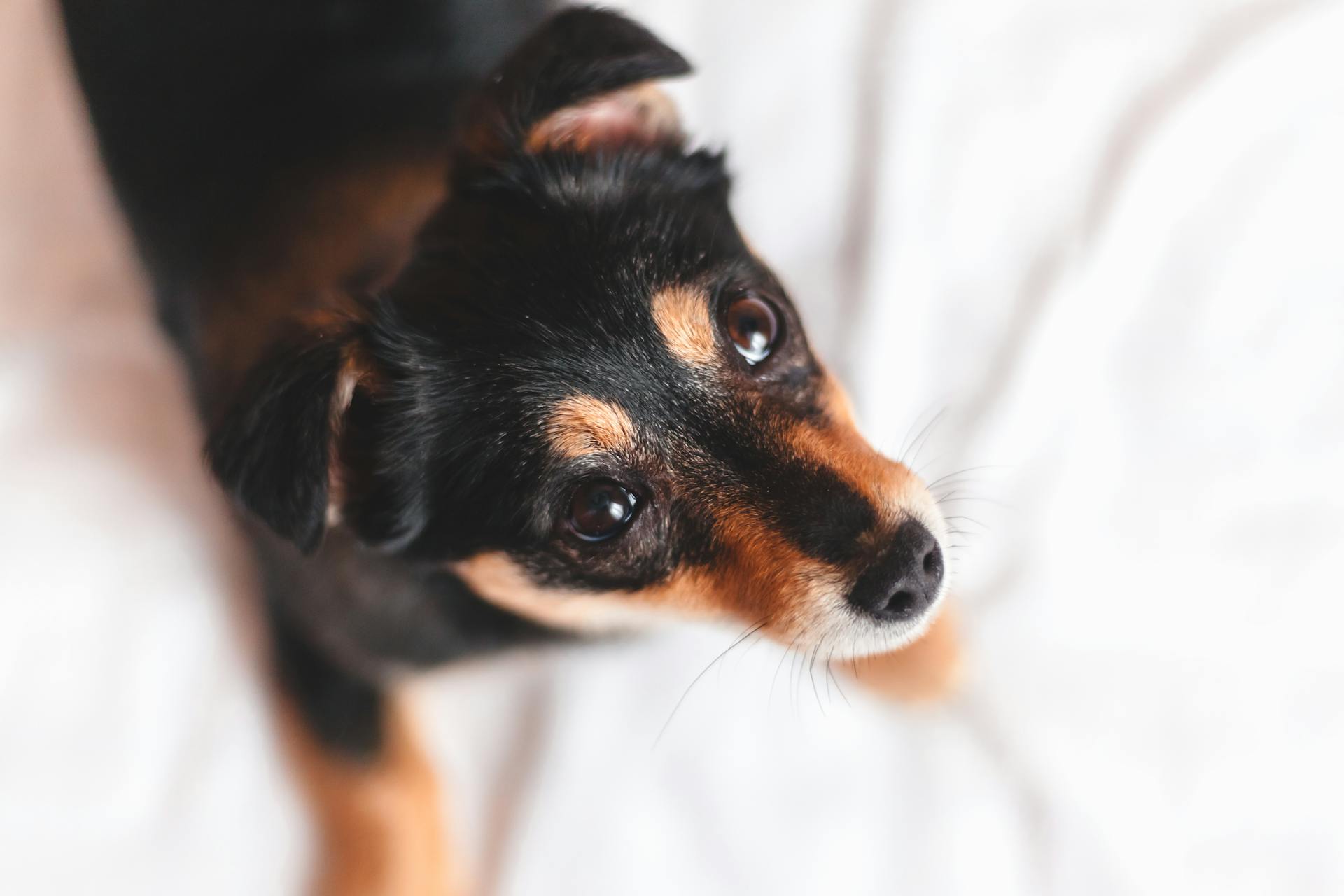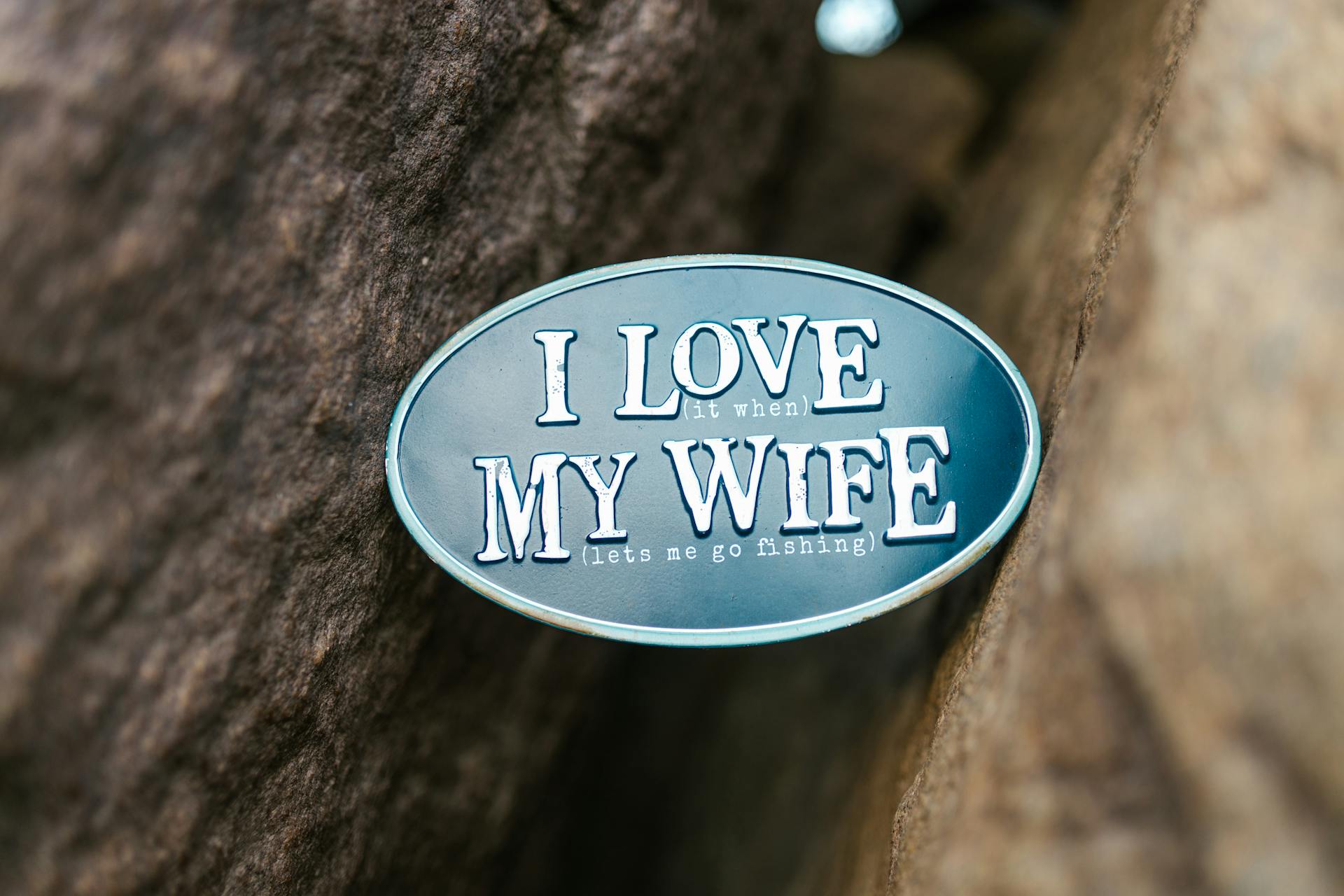
Min Pin dogs are a popular breed known for their small size, weighing between 4-8 pounds, and standing about 10-11 inches tall. Their short coats require minimal grooming.
Min Pins are intelligent and active dogs that need regular exercise to stay happy and healthy. A 30-minute walk or playtime each day is a good starting point.
Their small size means they can thrive in apartments or homes with small yards, making them a great choice for city dwellers.
Physical Characteristics
The Miniature Pinscher, affectionately known as the Min Pin, is a small but mighty breed with a big personality. They typically stand between 10-12.5 inches tall, with most desirable height being 11-11.5 inches.
Their compact size is just one of the many unique characteristics of this breed. The ideal weight for a Miniature Pinscher is 8-10 pounds, making them a great companion for apartment dwellers or families with small children.
Miniature Pinschers have a short, smooth coat that requires minimal grooming. Their coat colors include a range of shades from rust to black, tan, chocolate, and stag red, with some dogs also having tan points or rust points.
On a similar theme: Min Pin Tan
Their ears are one of their most distinctive features, and they can be either cropped or uncropped. Miniature Pinschers also have high-set ears that often stand upright, giving them a alert and attentive appearance.
Here's a breakdown of the Miniature Pinscher's physical characteristics:
Their tails are also worth noting, as they are typically docked and set high. With their sleek coats and alert demeanor, it's no wonder the Miniature Pinscher has become a beloved breed around the world.
Temperament and Behavior
Miniature Pinschers are fearless, spirited dogs that radiate confidence. They're outgoing, active, and intelligent animals that can make excellent family pets with the right socialization and training.
They're highly protective of their pet parents, especially when other dogs are in the mix, and tend to be standoffish with other breeds unless they have a closely matching personality. This can make them great watchdogs, alert and wary of strangers.
These small dogs were bred to kill small rodents in the home, so it's no surprise that they love to work and have a penchant for chasing and capturing small critters. They're known to pinch prey aggressively when they catch them.
Min Pins are strong-willed and have a mind of their own, which can sometimes get them into trouble. They're prone to being feisty, nippy, and possessive of resources like food and toys if not properly socialized.
To keep them happy and engaged, they need activities that will keep their body and mind active. A fenced yard is a must, as they're great escape artists and love to run around.
With proper training, Min Pins can be incredible performers, but it's essential to start training early, ideally from around 8 weeks old. They're quite smart and respond well to effective training, but without it, they can become stubborn and unruly.
Health and Wellness
Miniature Pinschers are generally healthy dogs with a lifespan of 12 to 16 years. They can live happy lives with proper care and attention.
Their small stature makes them more fragile than larger breeds, so it's essential to be mindful of roughhousing with other animals or humans. Regular visits with your veterinarian will help monitor their health and catch any potential issues early on.
Progressive Retinal Atrophy (PRA) is a genetic disease that can cause night blindness in Miniature Pinschers. It's not painful, but it can be challenging for dogs to navigate in the dark.
Luxating Patella is another common issue, where the kneecap slips in and out of place. Weight management and joint supplements can help manage the condition, but severe cases may require surgery.
Legg-Calve-Perthes Disease affects the hip joint, causing degeneration and potentially leading to limping. Surgery may be necessary in severe cases.
Hypothyroidism occurs when the thyroid gland doesn't produce enough thyroid hormone, leading to weight gain, hair loss, and lethargy. A blood test can diagnose the condition, and treatment usually involves daily oral medication.
Some Miniature Pinschers are prone to epilepsy, which can cause seizures, especially in younger dogs. Consult with your veterinarian for a diagnostic screening and to discuss medication options.
Here's a quick rundown of some common health issues in Miniature Pinschers:
- Luxating Patella: A condition where the kneecap slips in and out of place.
- Legg-Calve-Perthes Disease: A degenerative condition affecting the hip joint.
- Progressive Retinal Atrophy (PRA): A genetic disease causing night blindness.
- Epilepsy: A neurological disease that can cause seizures.
- Hypothyroidism: A condition where the thyroid gland doesn't produce enough thyroid hormone.
Care and Maintenance
The Miniature Pinscher is a high-energy dog that needs plenty of exercise to stay happy and healthy. They require abundant exercise and mental stimulation to prevent boredom and destructive behavior.
To provide an escape-proof yard, consider a fence that's tall enough to prevent jumping. This is especially important given their athleticism and fearless nature. A small yard or even indoors can meet their physical needs, but they'll still benefit from walks on a leash.
Regular nail trims, teeth brushing, and ear cleaning are also essential for maintaining their overall health and well-being. Brushing their fur weekly or daily will keep their coat shiny and healthy.
Pet Care Considerations
Grooming is a breeze for Miniature Pinschers, but don't get too comfortable - they still need regular nail trims, about twice a month, to prevent discomfort and agitation.
Their short, smooth coat requires only occasional brushing, about weekly or daily, to maintain a healthy appearance. You can use a soft bristle brush or hound glove to keep their fur soft and shiny.
Miniature Pinschers are highly curious and love to investigate their surroundings, so be sure to puppy-proof your home by putting away objects you don't want them to chew or investigate. This includes objects on tables, chairs, and countertops.
Keep an eye on their ear health by cleaning their ears regularly, and brush their teeth daily using toothpaste specifically made for dogs to prevent dental disease.
Adopt or Buy
When adopting a miniature pinscher, it's essential to do your research. Find a responsible breeder who readily provides the litter's medical history and allows potential adopters to meet the parents.
Miniature pinscher puppies typically cost between $1,000 and $2,000, but prices may be lower or higher depending on availability and the litter's pedigree.
If you're looking for a more affordable option, consider adopting from a shelter or breed-specific rescue. Local shelters and breed-specific rescues are great places to find dogs in need of forever homes.
You can also find reputable breeders through the Miniature Pinscher Club of America Breeder Referral or the AKC Miniature Pinscher Breeders.
Here are some resources to help you find your next best friend:
- Miniature Pinscher Club of America Rescue
- Miniature Pinscher Club of America Breeder Referral
- AKC Miniature Pinscher Breeders
Diet and Nutrition
A Miniature Pinscher's diet is crucial for their overall health and well-being. High-quality commercial dog food is usually the best option.
Your veterinarian can help you create a feeding chart tailored to your dog's specific needs, taking into account their age, weight, and health status. This will ensure they're getting the right amount of food at the right time.
Min Pin puppies need to eat multiple times a day, with 1 ounce of food per pound of body weight spread out over three or four meals. This will help them grow strong and healthy.
Adult Min Pins, on the other hand, can eat one to two meals per day, with about one-half ounce of food per pound of body weight. This can help prevent weight gain and related health issues.
A diet rich in protein can be beneficial for active, growing Min Pin puppies. However, older or less active dogs may need a diet with added fiber and reduced fat to maintain a healthy weight.
You might like: Min Pin Newborn Puppies
It's essential to monitor your dog's weight and limit treats to prevent obesity-related health conditions. A slow-feeder bowl can also help adult Min Pins eat more slowly and efficiently.
Your veterinarian can help you determine the best meal plan for your Min Pin, taking into account their age, weight, activity level, and any allergies or health conditions. This will ensure your furry friend stays healthy and happy.
Worth a look: Min Pin Health Issues
Training
Training a Miniature Pinscher requires patience and consistency. They are highly intelligent and perceptive, making them prime candidates for obedience training.
Teaching basic commands like sit, stay, and come is essential, and they learn how to walk nicely on a leash. However, their independent streak means learning to focus on their owners and listen to cues doesn't come naturally, so it usually has to be taught.
Min Pins need lots of recall work to learn when to come back to you when called. A long lead like the Four Paws Cotton Web Training Dog Lead can be used to safely teach recall outdoors.
To help them learn, you can pair training with feeding times, making learning a fun activity with a reward. This is a great way to keep them engaged and motivated.
Here are some fun activities to try with your Miniature Pinscher:
- Obedience training
- Fetch
- Agility courses
- Chew toys
- Field trials
- Dock jumping
Remember, patience and consistency are key when training a Miniature Pinscher. With positive reinforcement and rewards, they can learn to behave well and become a well-behaved companion.
History and Origin
The Miniature Pinscher, also known as the Min Pin, has a rich history that spans several centuries. The breed's exact origin is unclear, but it's believed to have originated in Germany and Scandinavia.
Miniature Pinschers were initially bred to hunt rats and small vermin on German farms. They were also used to hunt mice, lizards, and small birds.
The breed's name "Zwergpinscher" literally means "little biter" in German, which refers to their small stature and hunting prowess. German breeders called them "dwarf-biters" for the same reason.
Despite their small size, Miniature Pinschers are not a smaller version of the Doberman Pinscher, although they may look similar. They are actually a separate breed with a unique ancestry.
The breed's popularity grew in Germany between 1905 and World War I, and breeders in Germany and Scandinavia worked to improve the genetic line after the war.
The first Miniature Pinschers arrived in the United States in 1919, and the breed achieved American Kennel Club recognition in 1925.
Frequently Asked Questions
Do Miniature Pinschers like to cuddle?
Yes, Miniature Pinschers love to cuddle, but on their own terms. They can be quite affectionate, but also enjoy having control over when they receive attention.
Is a Min Pin a miniature doberman?
No, the Miniature Pinscher is a distinct breed with its own unique lineage, not a miniature version of the Doberman Pinscher. Learn more about the fascinating history and characteristics of this energetic and loyal companion.
Do Min Pins bark a lot?
Yes, Miniature Pinschers are known to bark frequently, often due to communication, protection, fear, or anxiety. This excessive barking can be a challenge for owners and their neighbors.
How long can a Min Pin be left alone?
Miniature Pinschers can be left alone for 4-6 hours, but they require regular exercise and attention to prevent destructive behavior. Leaving them alone for extended periods without proper care can lead to barking and destructive habits.
Are mini Pinschers good family dogs?
Miniature Pinschers are loyal and loving family dogs, but they require consistent training and socialization to thrive. With proper care and attention, they can make wonderful, well-adjusted companions for families.
Featured Images: pexels.com


